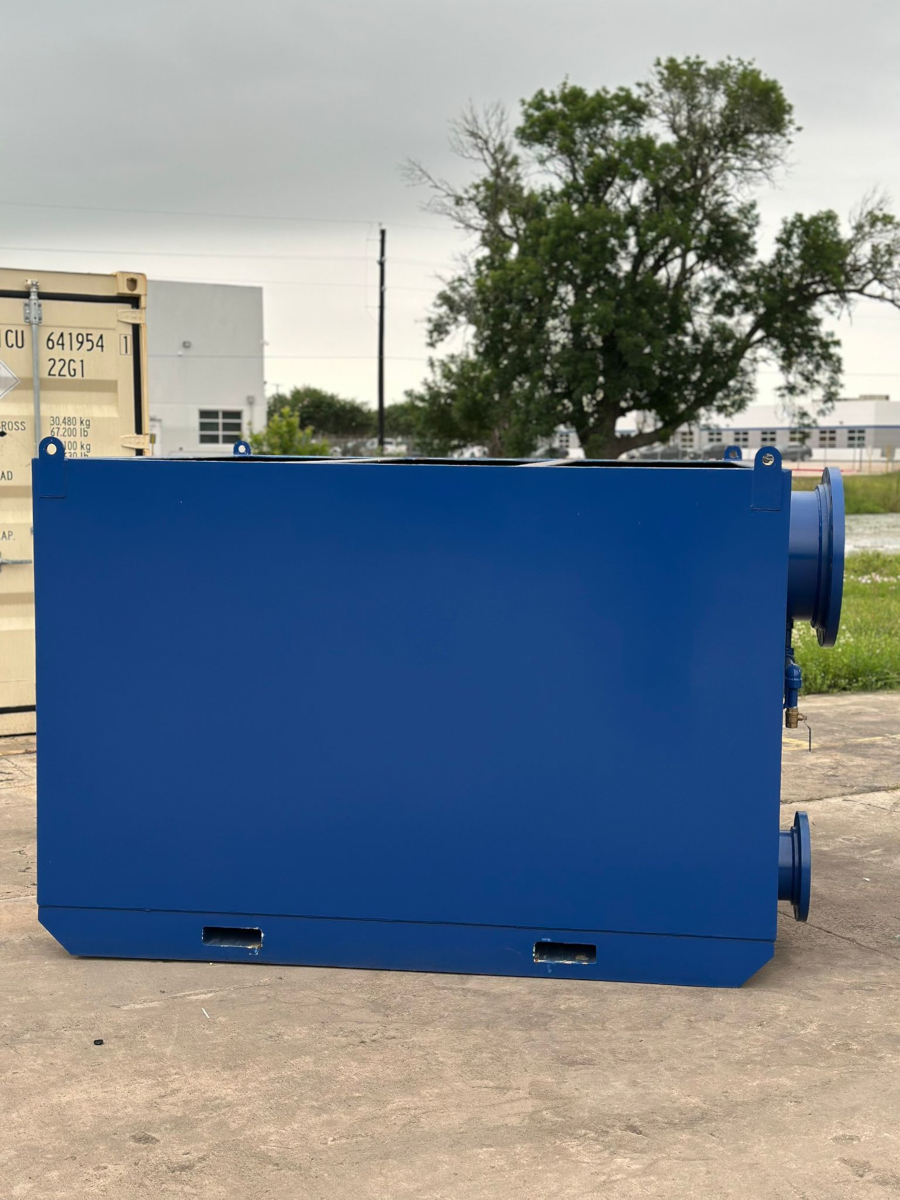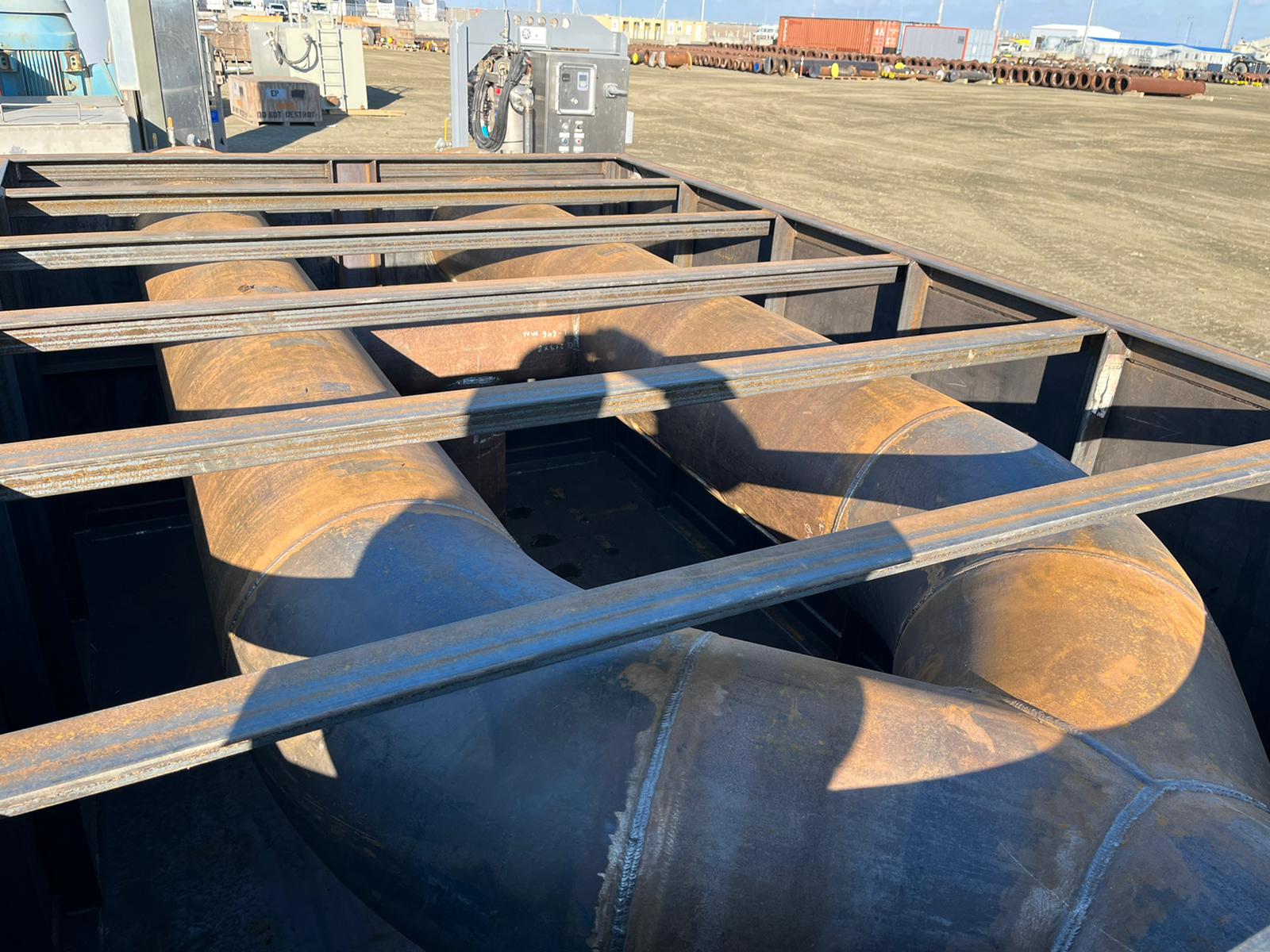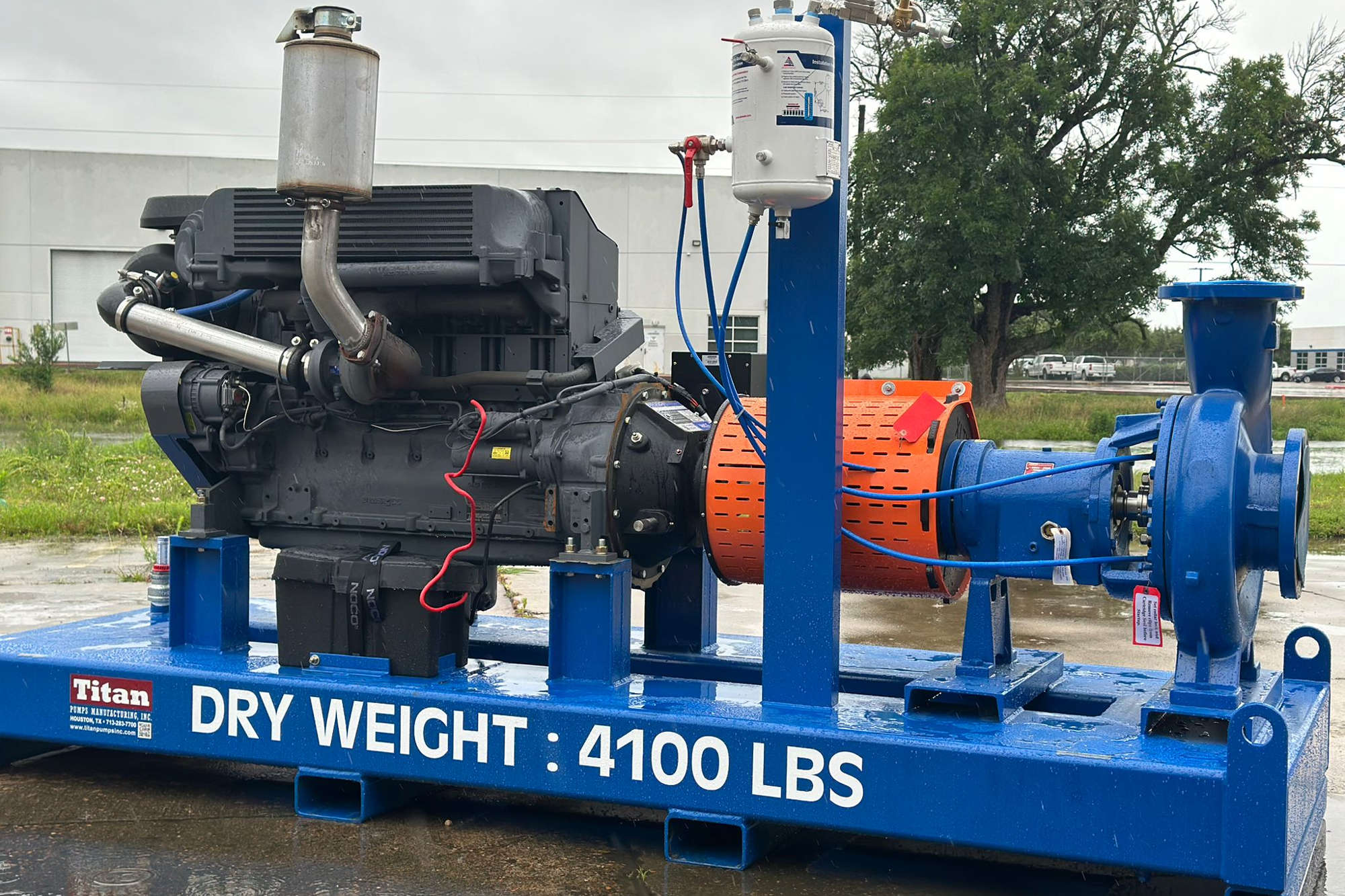Fury Former™ & Fury Flush™ (Trademarked Technologies)
The Fury Former™ is a custom-designed system that generates the Fury Flush™ — a high-energy cleaning technique applied to piping systems.
Fury Flush™ removes loose mechanical debris, slightly adherent welding slag, and corrosion deposits from pipe interiors. This method is also a highly effective replacement for conventional pigging in many piping applications.

FuryFlushing is performed by generating a slug of water aerated with a large number of air bubbles, which is then propelled through the piping at velocities of 40 to 80 feet per second — delivering superior internal cleaning and debris removal.
FuryFlush™ is a high-energy cleaning preparation applied to piping systems to remove loose mechanical debris and loosely adherent welding slag and corrosion deposits from the pipe surfaces. It is also an effective replacement for conventional pigging of piping systems. FuryFlush™ is performed by generating a slug of water that has a large number of air bubbles mixed into it. This frothed slug is displaced through the piping system at velocities of 40 to 80 feet per second.
As an example, consider a 6-inch pipe, 1,000 feet in length. A standard wall 6-inch pipe has a volume of 1.5 gallons per foot or about 0.2 cubic feet per foot of pipe. Consider the effectiveness of a flushing operation if one could displace water through such a line at 5,400 gpm. At this flow rate the water would be moving at just over 40 miles per hour or about 60 feet per second. At such velocities, the water will generate considerable friction with the wall of the pipe. The pressure drop required to pump 5,400 gpm through 1,000 feet of 6-inch line is about 670 psig. In other words, to be able to flush a 6-inch line at 60 feet per second you would need a pump capable of discharging 5,400 gpm at 650 psig. Such a pump would require a motor or engine with a rating over 5,000 horsepower to produce the energy necessary to overcome the friction of the water on the walls of the pipe. This would clearly be a high-energy flush.

Whenever one evaluates the effectiveness of a flushing operation, it is useful to compare the flush velocity to the terminal settling velocity of particles in the fluid being used for the flushing operation. For example, a 1-inch diameter steel ball will have a terminal settling velocity of about 10 feet per second in water. This means that if you have such a steel ball in a 6-inch line, you would be able to flush the ball up a vertical line at flow velocities greater than 10 feet per second.
Another important issue that must be considered is the potential effect of the sudden acceleration of the slug at the end of the line. The friction limiting the velocity of the slug is dramatically reduced as the length of the slug gets shorter as the slug is exhausted from the line. As the compressible slug leaves the line, the velocity of the fluid still in the line will increase very rapidly. This acceleration will put a force on the pipe equal to and in an opposite direction to the water flow direction. Unless some effort is made to prevent this directional acceleration, the line being flushed will be exposed to a considerable reaction force. The magnitude of this force can lift piping, break pipe supports and even bend heavy wall pipe. To prevent such potential damage, it is advisable to install a tee or a diversion blind on the end of the line. By causing the water to accelerate in two or more opposing directions, the reaction forces will be neutralized. These diversion plates will also help to contain the dirty water and debris discharged from the line. Caution is exercised when performing FuryFlush™ to make certain that high velocity debris expelled from the line being flush does not damage people or property.
Summary of Process Advantages:
- Less water consumed than conventional filled flushing techniques
- Less equipment required to reach beneficial range of turbulence in piping systems
- Reactive forces are reduced or eliminated due to compressibility of froth slug
- Greater debris carrying capabilities because of apparent viscosity of two phase slug
- Can be performed with minimal impact to adjacent work
- Eliminates safety issues associated with gas blowing on fuel supply piping
- Takes less time to set-up and perform than conventional flushing or pigging.
- Used as part of a process for safely cleaning fuel gas / fuel oil lines
- Typically used on Feed Water System piping, Condensate piping, Closed Cooling Water System, Fuel gas / Fuel Oil piping including branches and generally any piping up to 36 inches.
- Resultant cleanliness is tested to Millipore® patch standards.
Fury Flush™ - Slug Catcher A powerful, trademarked system designed for rapid separation and control of slugs in fluid systems, minimizing risk and maximizing efficiency in pre-commissioning.
- Separates large debris, slugs, and particulate
- Essential for pre-commissioning of new piping systems
Back to Solutions

